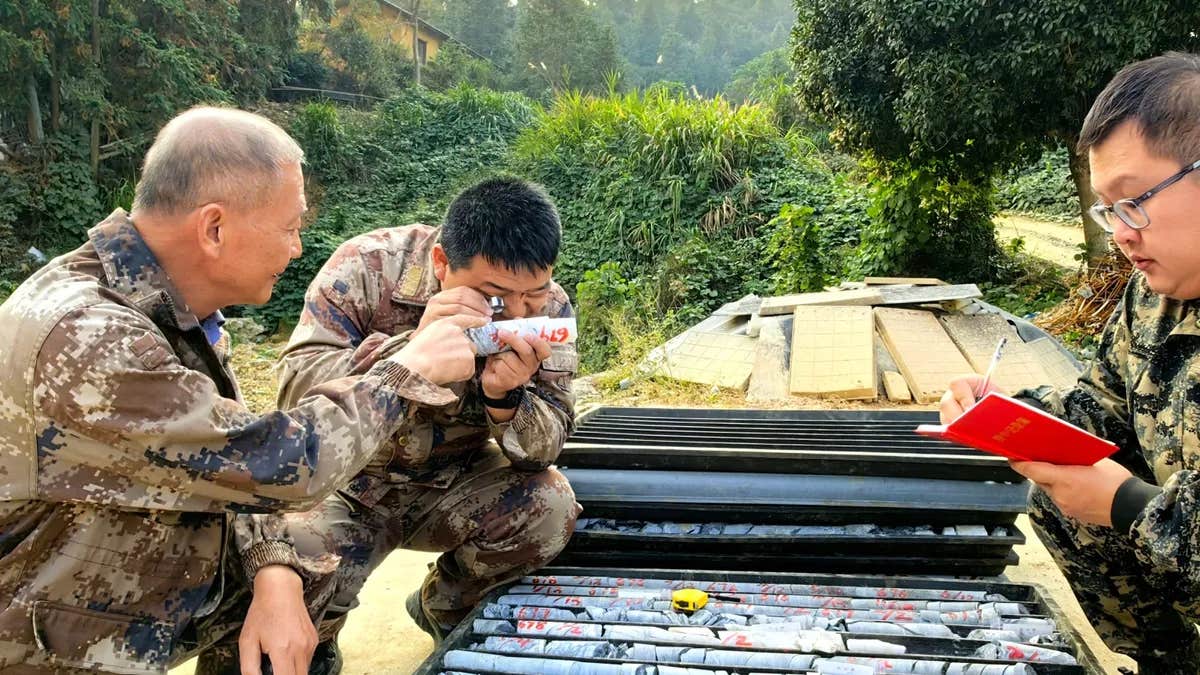Groundbreaking vaccine could prevent tuberculosis in people of all ages
Tuberculosis (TB) remains the deadliest infectious disease worldwide, and South Africa is one of the countries most affected by this illness

Tuberculosis (TB) remains the deadliest infectious disease worldwide, and South Africa is one of the countries most affected by this illness. Despite the widespread use of the BCG vaccine in infants, its protection is not long-lasting. No other vaccine has proven as effective.
"South Africa committed to the Sustainable Development Goal of ending the TB epidemic by 2030. While we are doing relatively well as a country – TB deaths have come down since 2015 – we need to do a lot better to reach the milestones," says Professor Bavesh Kana.
Professor Kana is the Head of the School of Pathology and former director of the Centre of Excellence for Biomedical TB Research at Wits University. He played a significant role in a groundbreaking study aimed at enhancing the effectiveness of the BCG vaccine.
The study focused on modifying the BCG vaccine to improve its ability to control the growth of M. tuberculosis, the bacterium that causes TB.
Related News
In experiments, mice injected with the modified BCG vaccine showed significantly less M. tuberculosis growth in their lungs compared to those that received the original vaccine.
"We can now offer a new candidate vaccine in the fight against this deadly disease," says Kana. "The work also demonstrates that gene editing is a powerful way to develop vaccines. This is particularly important for researchers working on vaccine development."
The Role of the BCG Vaccine
The BCG vaccine is administered to children around the time of birth and is effective in preventing TB disease in infants. However, it fails to protect teenagers and adults and has not succeeded in eradicating TB. This limitation underscores the urgent need for new TB vaccine candidates to either replace or boost the effectiveness of BCG.
"We also see that the BCG can evade the immune system and that this reduces its efficacy as a vaccine," Kana explains. He emphasizes the crucial role of vaccines in fighting infectious diseases.
When humans contract an infection, their immune system identifies specific signs, known as pathogen-associated molecular patterns (PAMPs), on the surface of bacteria, viruses, or other harmful germs. This recognition process allows the body to distinguish between invaders and its own cells, initiating an immune response to combat the infection.
Vaccines mimic these germs, enabling the immune system to mount a defense without causing illness. This process prepares the body to fight off real infections more effectively in the future.
Funding and Development Challenges
Professor Kana highlights the significant funding gap in developing tools to eliminate TB, a disease that has plagued humanity for over 9,000 years. "Until recently, our diagnostic approaches were a century old. With some novel vaccine candidates in the pipeline, we can finally begin to adequately address this devastating illness," he says.
The journey to end TB by 2030 is challenging, but advancements like the modified BCG vaccine provide hope. Continued research and innovation, supported by adequate funding, are essential to overcoming TB and saving countless lives worldwide.
More About Tuberculosis
Tuberculosis (TB) is a bacterial infection that usually affects the lungs. It can spread through the air when an infected person coughs or sneezes. While there is a vaccine available, it is not very effective at preventing tuberculosis.
There are two main forms of TB infection: latent TB infection and active TB disease.
Latent TB infection means that you have the TB bacteria in your body, but you are not sick and cannot spread the infection to others. Most people with latent TB infection never develop active TB disease.
Active TB disease means that the TB bacteria are multiplying and causing symptoms. People with active TB disease can spread the infection to others.
Symptoms of active TB disease:
A cough that lasts for more than 3 weeks
Coughing up blood or mucus (phlegm)
Chest pain or pain with breathing or coughing
Fever
Chills
Night sweats
Weight loss
Loss of appetite
Feeling tired or fatigued
Feeling weak
It is important to note that not everyone with active TB disease will have all of these symptoms. Some people may only have a few symptoms, or their symptoms may be very mild.
If you are experiencing any of these symptoms, it is important to see a doctor to get tested for TB. Early diagnosis and treatment of TB is important to prevent the spread of the infection to others.
For more science and technology stories check out our New Discoveries section at The Brighter Side of News.
Note: Materials provided above by The Brighter Side of News. Content may be edited for style and length.
Like these kind of feel good stories? Get the Brighter Side of News' newsletter.
Joseph Shavit
Head Science News Writer | Communicating Innovation & Discovery
Based in Los Angeles, Joseph Shavit is an accomplished science journalist, head science news writer and co-founder at The Brighter Side of News, where he translates cutting-edge discoveries into compelling stories for a broad audience. With a strong background spanning science, business, product management, media leadership, and entrepreneurship, Joseph brings a unique perspective to science communication. His expertise allows him to uncover the intersection of technological advancements and market potential, shedding light on how groundbreaking research evolves into transformative products and industries.



